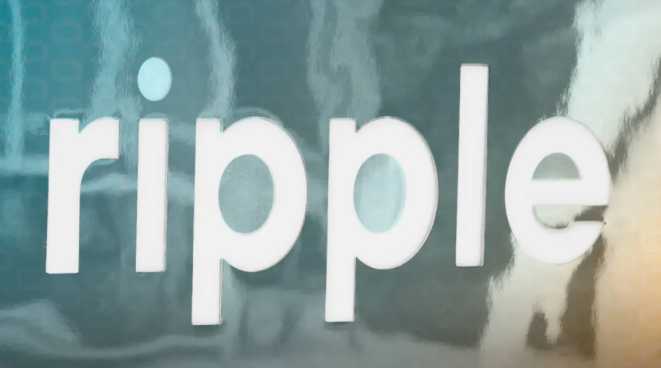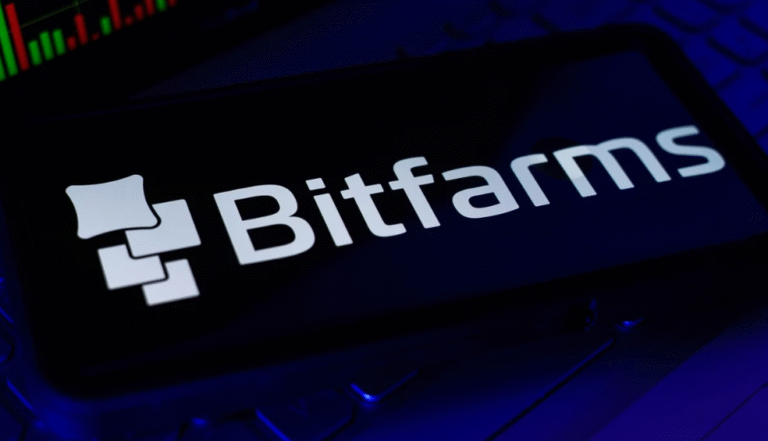XRP MAY ENTER DEFI ECOSYSTEM WITH RIPPLE’S STAKING PLANS
Ripple Considers Bringing Staking to XRP Ledger to Expand DeFi Potential
Ripple is exploring the possibility of introducing staking on the XRP Ledger (XRPL), a move that could bring the decade-old blockchain further into the fast-growing world of decentralized finance (DeFi).
Key Takeaways:
- Staking could enhance XRPL’s security and encourage long-term participation.
- Ripple CTO David Schwartz has outlined two theoretical staking models.
- Despite the interest, Ripple notes that staking is unlikely to launch soon.
The discussion started after J. Ayo Akinyele, head of engineering at RippleX, published a blog post examining how staking could expand XRP’s utility and reshape incentives among validators and token holders.
XRPL Staking Could Boost Security and Participation
Akinyele highlighted that staking naturally complements new XRPL capabilities. By rewarding participants who help maintain consensus, staking could strengthen network security and encourage holders to engage for the long term.
However, implementing staking would require significant architectural changes. Currently, the XRPL burns transaction fees to maintain a deflationary supply, and redistributing fees as rewards would involve reworking core systems.
The XRP Ledger was originally designed for efficient value transfer, particularly for cross-border payments, which has been its main use case for years. Staking could mark a shift toward broader DeFi functionality while maintaining the network’s foundational strengths.
Ripple Weighs Staking Options as XRP Gains Traction
As XRP sees growing adoption among corporate treasuries and appears in exchange-traded products, Ripple is exploring how features like staking could help the network remain competitive.
However, moving XRPL toward a reward-driven system raises questions about its core design, including its Proof of Association model, which emphasizes trust over purely economic incentives.
Two Potential Paths for Staking
BITCOIN HOLDS FIRM NEAR $107,000 AS RTX POISED FOR STRONG PERFORMANCE IN NOVEMBER
Ripple CTO David Schwartz outlined two theoretical models for introducing staking:
Dual-Layer Consensus Model:
An incentivized “inner” layer of roughly 16 validators would be selected by the broader validator set based on stake.
This inner group would advance the ledger using staking and slashing mechanisms, while the “outer” layer would maintain governance and monitor the system.
Fee-Funded ZKP Verification:
XRPL’s current consensus would remain, but transaction fees could fund zero-knowledge proof (ZKP) validation.
ZKPs allow participants to verify facts without revealing sensitive information, providing a trust-minimized way to validate participation.
Ripple Supports Fed Proposal Granting Crypto Firms Access to Payment Rails
Earlier this month, Ripple’s Chief Legal Officer Stu Alderoty praised a proposal from Federal Reserve Governor Christopher Waller that could allow crypto companies to access “skinny” Fed accounts, potentially reshaping the U.S. digital asset landscape.
ETHEREUM AND CARDANO PRICES CLIMB WHILE BLOCKDAG PRESALE SURPASSES $435M AFTER MAJOR LEAK
Waller argued that stablecoin issuers and other crypto firms should have direct access to the Fed’s payment systems, reducing reliance on traditional banks, which often hesitate to serve the sector. He encouraged regulators to “embrace the disruption — don’t avoid it,” signaling a more open stance toward decentralized finance.
Ripple, which previously applied for a Fed master account to support its RLUSD stablecoin, sees the proposal as transformative. Alderoty told Reuters that the move could:
Speed up settlement
Lower costs
Help RLUSD gain traction in a stablecoin market dominated by Tether and Circle
Direct Fed access would also improve stability and redeemability, enabling firms to move efficiently between U.S. Treasuries and dollars without relying on traditional banking intermediaries.
Schwartz emphasized that while both models are promising, they remain conceptual and distant. The engineering challenges, risks, and structural changes required mean staking is unlikely to be implemented on XRPL in the near term.






